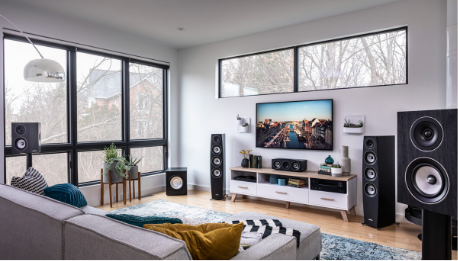Effective signage is very important for any type of business, even businesses that do not have a permanent brick and mortar location. Your signage is often the first thing people notice when they walk past your store or office, and it can make enough of an impression on them to draw them in. This gives your business the opportunity to make the impression you want on potential customers.
Business signage should be used both inside and outside your business to communicate the message you want to convey to your customers and potential customers. Including your business name, branding, and other vital information on your signage will make an impression on your customers and have a positive impact on your business.
The following are the main benefits that effective signage can have on your business.
Good First Impressions
Your signage is likely to be the introduction of your business to your customers which is why good signage is important. Your business signage does more than tell them your business name and message, it affects how people perceive your business. People make assumptions about your business, including the quality of your products and services, based on the quality and visual appearance of your signage.
Impressive business signage can be responsible to attracting up to 50 percent of your customers and can even attract around 10 new walk-in customers per week.
Increase Brand Awareness
Signage is an excellent way to convey your branding by including your name, logo, colors, and imagery in the sign design. People remember the colors and imagery of the signage they see which will help your branding stick in their minds. The familiarity with your branding helps your business stand out to customers which makes them more likely to make a purchase from you.
Keeping your branding consistent across all forms of signage leads to a familiarity among your customers that encourages them to build a relationship with your business. The familiarity and closeness they feel with your brand leads to brand loyalty.
Direct Communication
Your signage directly communicates with your customers and potential customers as everyone who passes by your business will notice your signage. This gives you an opportunity to communicate more than your business name and branding as the quality and attractiveness of your signage conveys the quality of your business. The direct communication of your signage will cause customers to make quick decisions about how they will interact with your business.
Competitive Advantage
Standing out from your competition is important for building your customer base and increasing sales and effective signage is a great way to stand out. Creating effective signage with eye catching designs will draw more people into your business and away from your competitors.
Cost-Effective Advertising
Your business signage should be thought of as part of your overall marketing strategy. Using your signage as a marketing tool will benefit your business and it is the most cost-effective marketing tool. Signage is less expensive than other forms of marketing and the same signage can be used for years which ends up costing you pennies a day.
To get the most out of your signage as a marketing tool, make sure your branding, messaging, and visual themes are consistent with your other signage and marketing materials. The consistency of the portrayal of your brand builds brand awareness and loyalty.
Increase Revenue
Effective signage has been proven to boost sales as it draws more people in and increases impulse purchases. You can increase sales even more by using complimentary signage that advertises special promotions or specific products and services. Make sure your business signage, especially your exterior signage, is strategically placed so people can see your signage and easily find your business.
Effective signage can increase your revenue in the following ways:
• Signage increases foot traffic and leads to impulse buys. Impulse buys may account for between 20 and 45 percent of a business’s sales according to the U.S. Small Business Administration.
• Adding one additional sign within your business can increase annual sales revenue up to 4.75 percent.
• In less than a month, new signage can increase weekly sales up to 6 percent.



